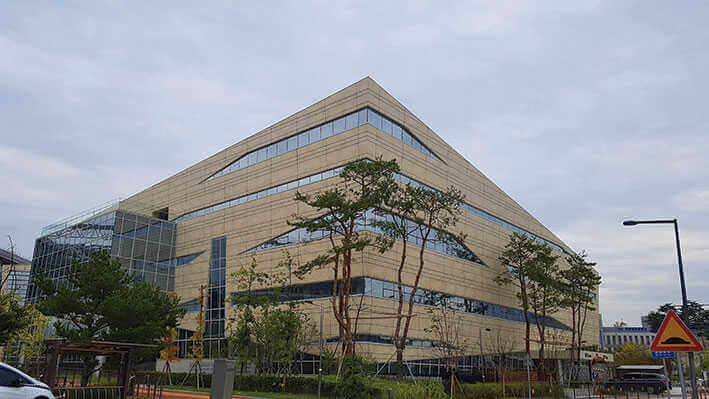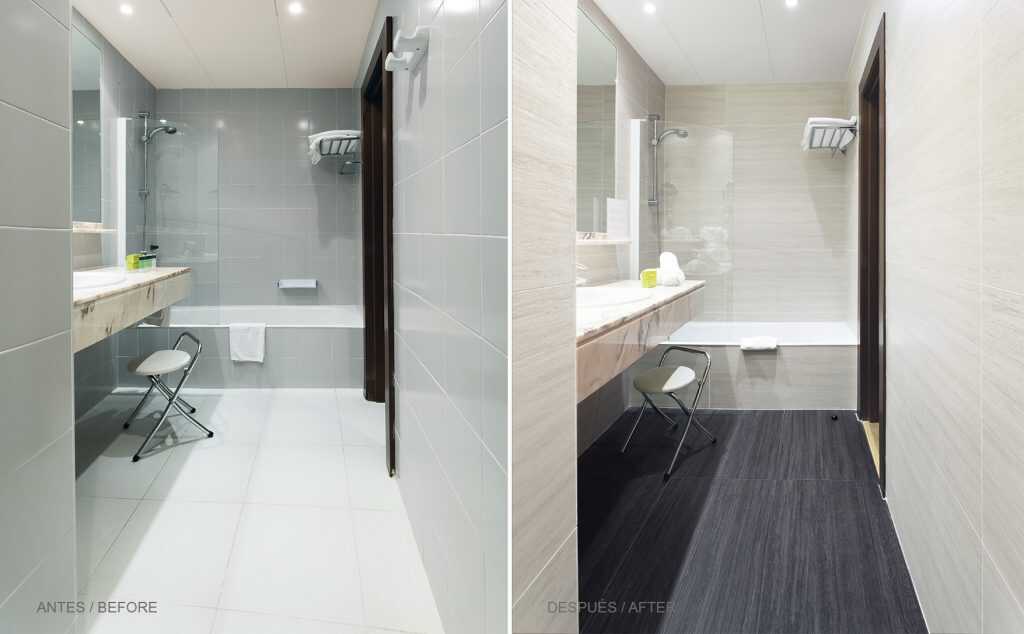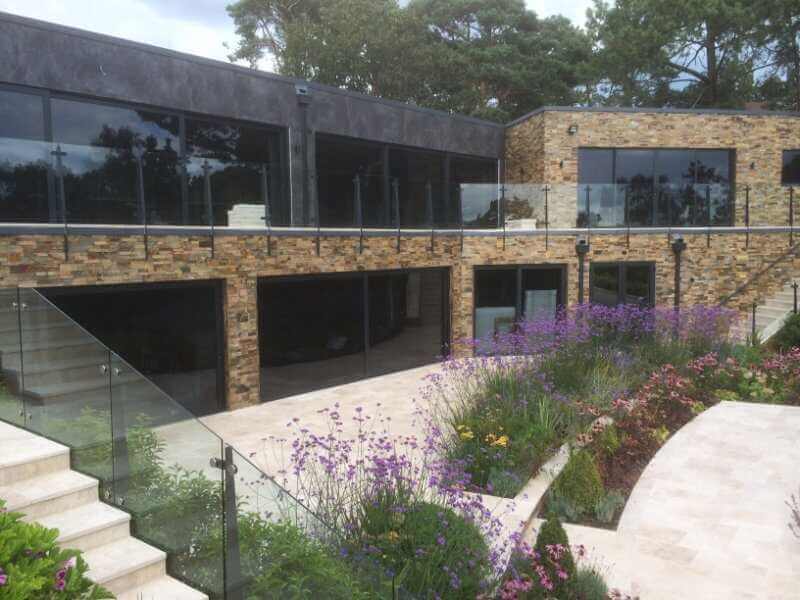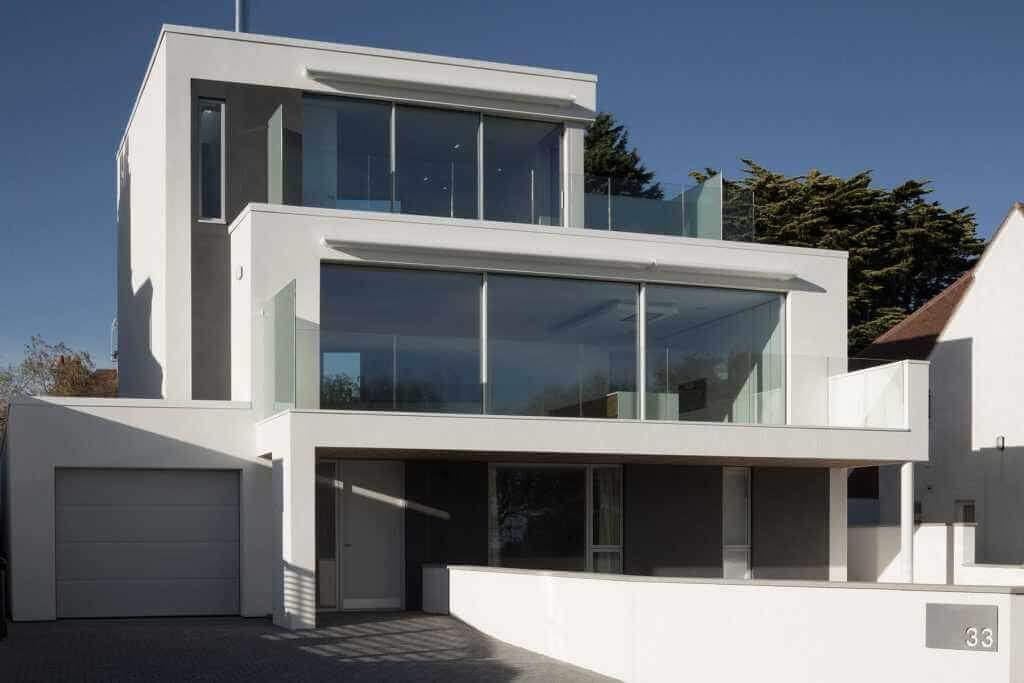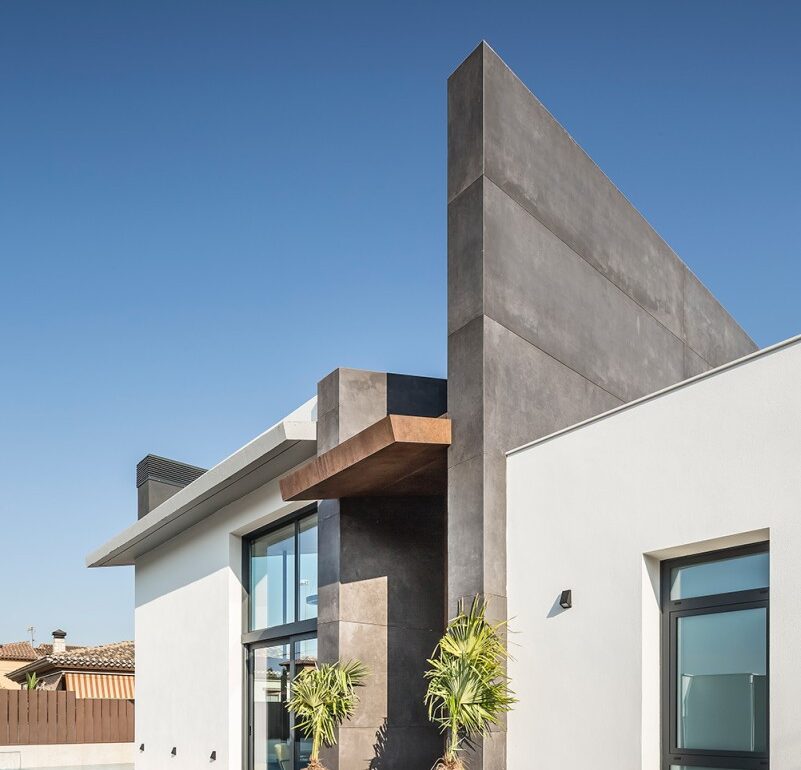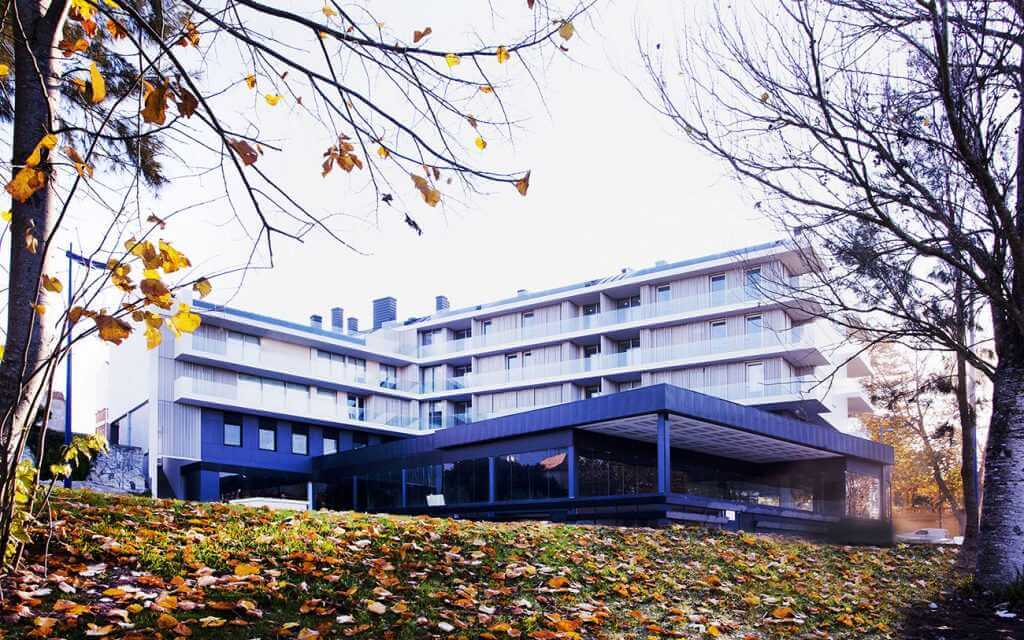The wide ventilated facade is undoubtedly the most innovative construction system for cladding facades and the one that offers the most advantages thanks to its characteristic air cavity, which creates a physical gap between the exterior part of the facade and the interior wall of the building. The ventilated facade thus offers certain technical qualities that are far superior to those of any other system available on the market, and that have a direct impact on the well-being of the users of the homes or buildings.
These advantages include its excellent thermal performance, both in winter (preventing heat loss to the outside), and in summer (preventing heat from penetrating the building). Since the ventilated facade system helps increase the efficiency of the building, it generates significant energy savings for the consumer, reducing the use of air conditioning by up to 35%. Moreover, there is the acoustic improvement, with a reduction of noise from outside of up to 20%.
On the other hand, among the materials used for cladding ventilated facades, technical stone is the favorite, being the most attractive option among architecture and construction professionals due to the significant technical advantages mentioned above and the multitude of available designs.
Regarding the former, another quality of the ventilated facade covered with large-format and thin-thickness Coverlam, highly valued among construction professionals, is its ease of installation and replacement of pieces.
Lightweight Coverlam makes this system quicker to complete and, in the event of damage to one of the pieces, any repairs needed can be done quickly and easily.
In terms of aesthetics, Coverlam offers an extensive catalogue of designs and styles that can suit all types of ventilated facade projects. These range from elegant monochromes and modern designs such as metal or cement, to ultra-realistic wood-effect, stone-effect or marble-effect collections, all firm favourites in the most cutting-edge projects.

